Streamlining teacher grading is something that we are all trying to achieve, right? Below you will find some surefire ways to cut your teacher grading time and how to make the most use out of your teacher grading book and anecdotal notes. These two teacher grading tools will help you get on top of it, and stay on top of it.
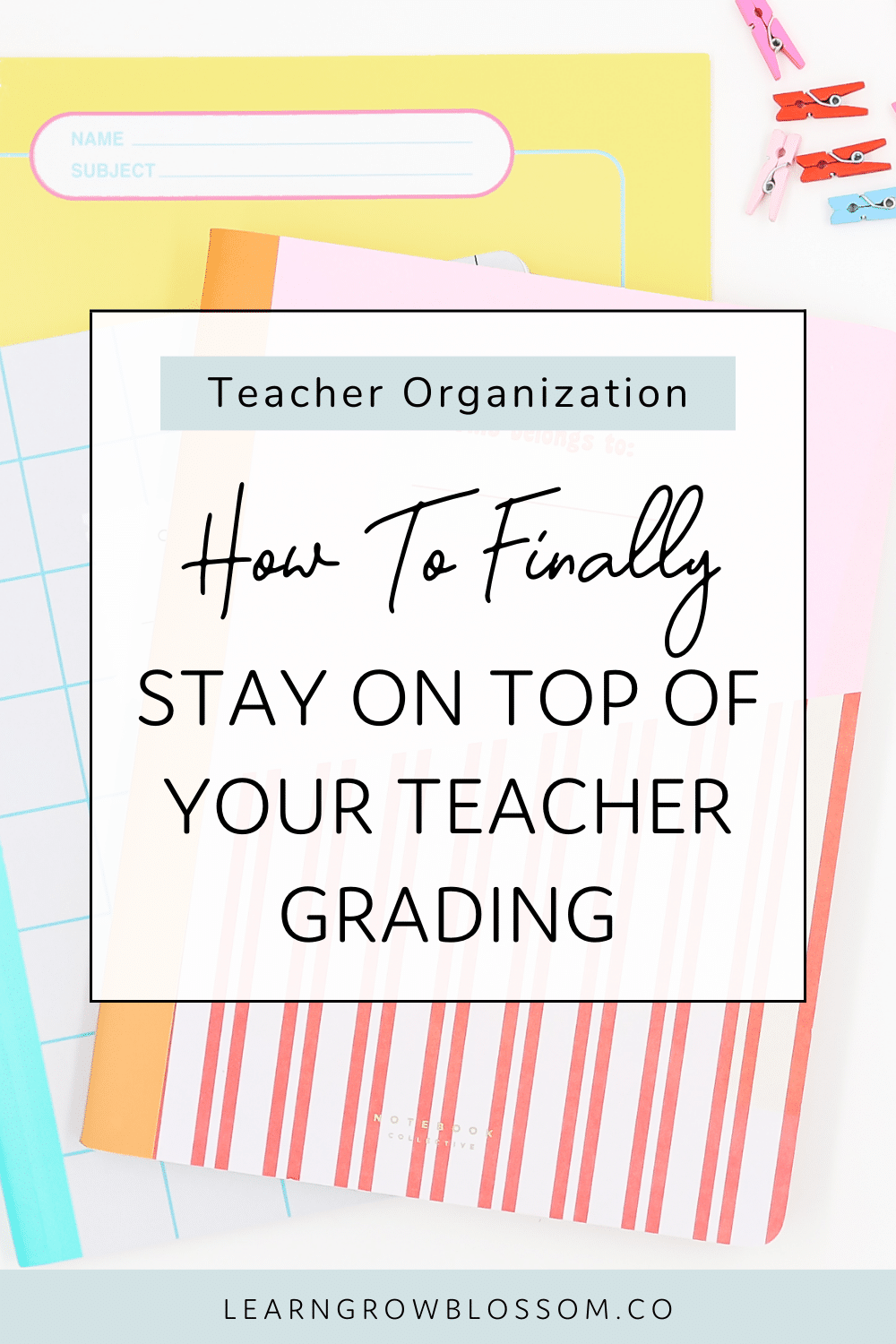
Level of Understanding
Using levels of understanding in your classroom has so many applications. It supports student self assessment and is a way to give a quick, overall grade without having to grade using fractions or percentages. Having levels of understanding posters in your classroom will help students get used to the levels and being able to use them for self assessment. You can even use a simple 1-4 point scale in your teacher grading book to record students’ levels. If you like, you can assign percentages or letter grades to each level, too.
Student Self Assessment
Having students conduct regular self assessment not only supports student learning (hello metacognition) but helps you in your grading. Although you will have to also go over students’ work and shouldn’t only consider their self assessment for their final grade, you can use their self assessment as a starting point when you’re looking at their work. It’s no secret that teaching students to accurately self assess their work has a ton of benefits.
Using the levels of understanding is an easy way to get started in supporting students to learn to self assess. It can be as simple as them indicating a level in the top corner of their work before they hand it in or bring it to you to check in with. Try making it a common practice in your classroom that they do that on every assignment and students will become pro self assessors! Alternatively, students can also mark their own rubrics, too.
Grade Together As A Class
Have students grade their own work by going through each question of an assignment, quiz or test, together as a class. This helps you cut time on teacher grading because you just have to glance over students’ grading to ensure it’s accurate and then note their grade in your teacher grading book. The bonus is that this serves as an opportunity for students to go over their work and learn from their mistakes.
Informal Student Check Ins
Informal student check ins will help you to quickly touch base with your students. They are quick and super beneficial so they are eays to fit in regularl and it’s well worth your time. These student check ins allows you to do a quick assessment right there on the spot and to provide quick feedback to your students. Have your teacher grading book ready because did I mention these are fast?
Here’s how it goes, when students are working on an assignment that you’d like to get a grade from, you’ll have them come line up by your desk or teacher table when they are finished. You’ll go down the line of students, having a quick look at their work. If it’s a longer assignment, you can just pick a few questions to grade. You’ll indicate a quick level or score on their page and record it in your teacher grading book. Easy peasy! Since students all finish at different rates, you’ll be grading small batches of students as they come up to you. Then, students who are finished would move on to whatever early finishers do in your classroom. If you need an idea, must do may do lists work great for this!
Projects
Projects are a great way to get multiple grades, across different outcomes or subjects, for each student. This is especially true for cross curricular projects or projects that span multiple standards or outcomes. By grading just one project, you might be able to assess multiple standards or outcomes within one, or many subjects. For example, in this podcast project unit, students would be graded on outcomes for narrative writing, oral presentation skills, tech skills, and teamwork/collaboration. On top of that, projects can be rich learning tasks for students that often boost student engagement.
Don’t Grade Everything
You might already know this, but if you don’t, it’s important that you accept this. You don’t have to, nor should you, grade everything. Why? It’s unattainable to grade everything. Plus, some assignments, as students are developing skills, are best to be viewed as practice and shouldn’t actually be graded, anyway. So, take it or leave it but the advice here is simple. Choose the key assessments to grade that will give the best representation of students’ learning, without grading every single thing.
Quick Assessments
Along the same lines, in order to obtain grades, you don’t always need to grade an entire assignment or give students a quiz. A quick assessment, like an exit ticket, can give you the exact snapshot you need. For example, when assessing if students are grasping two digit division, you can capture their learning by having students complete 3 questions in a quick assessment. You don’t need them to complete a 20 question worksheet to get that data.
Use a Digital Teacher Grading Book
Recording grades in a digital teacher grading book makes for a streamlined grading process. There are a ton of benefits, like automatic averaging, generating student reports, and being able to weigh assignments. In fact, it is such a strong teacher grading tool that there is a blog post all about it. Read more about the benefits of using a Google Sheets teacher grading book.

Grab the teacher grading book that does it all to put your teacher grading woes to an end.
Anecdotal Note Templates
Lastly, don’t discount the power of anecdotal notes or student observations. Keep your anecdotal note templates at the ready so you can capture in-the-moment observations. These notes are the second piece to all the grade collecting you do as these notes capture all the things that grades can’t such as a student’s work ethic, how they interact with others, students’ leadership skills, etc.
Need anecdotal note templates? Check out these digital anecdotal notes or the printable anecdotal note templates.
Go ahead and implement these ideas to get on top of your grading and actually stay on top of it. Whether that’s incorporating more projects, using levels of understanding, or having students self assess their work, you should be well on your way to a streamlined teacher grading system.






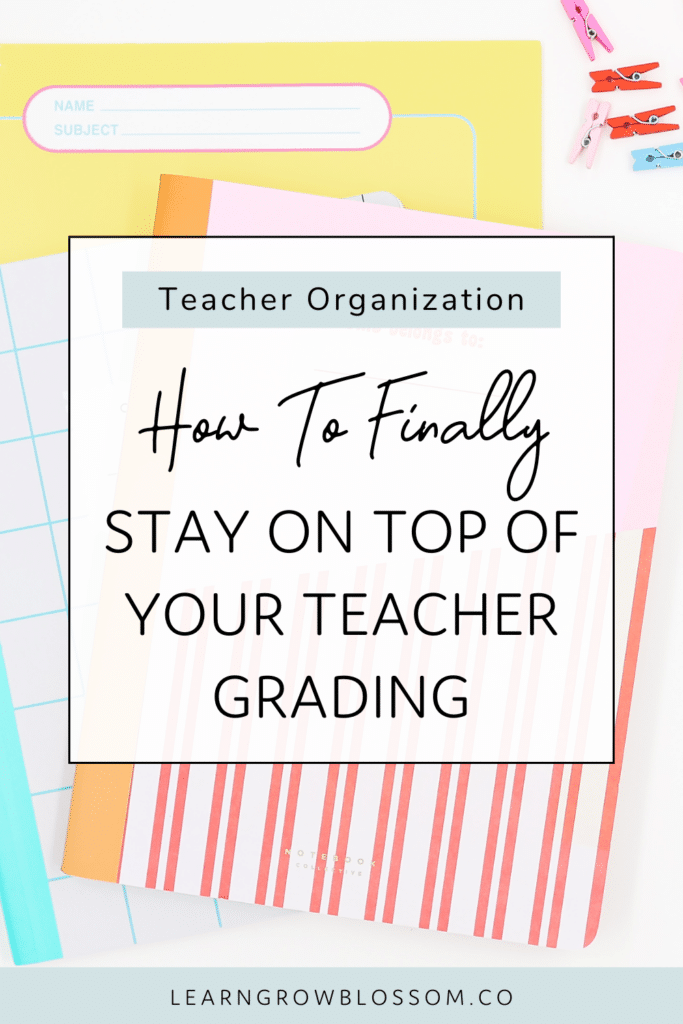


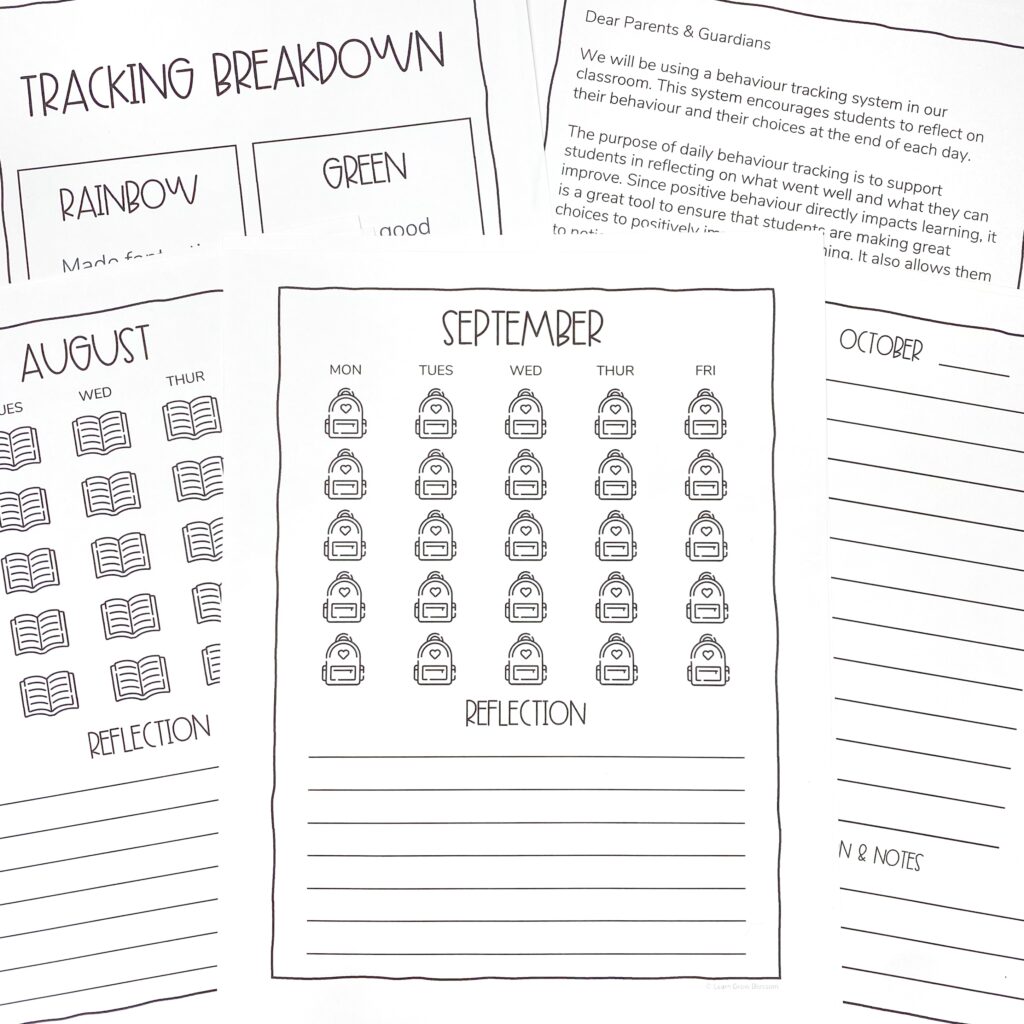


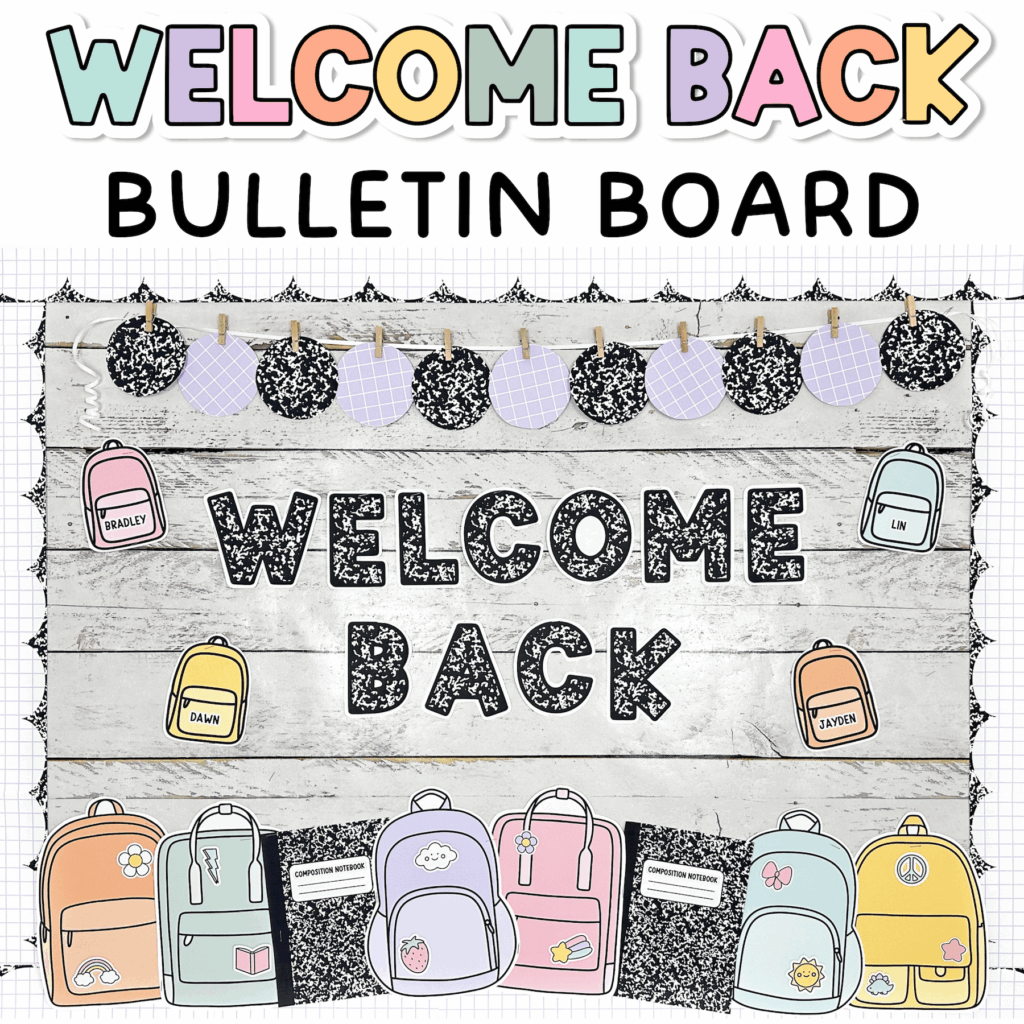
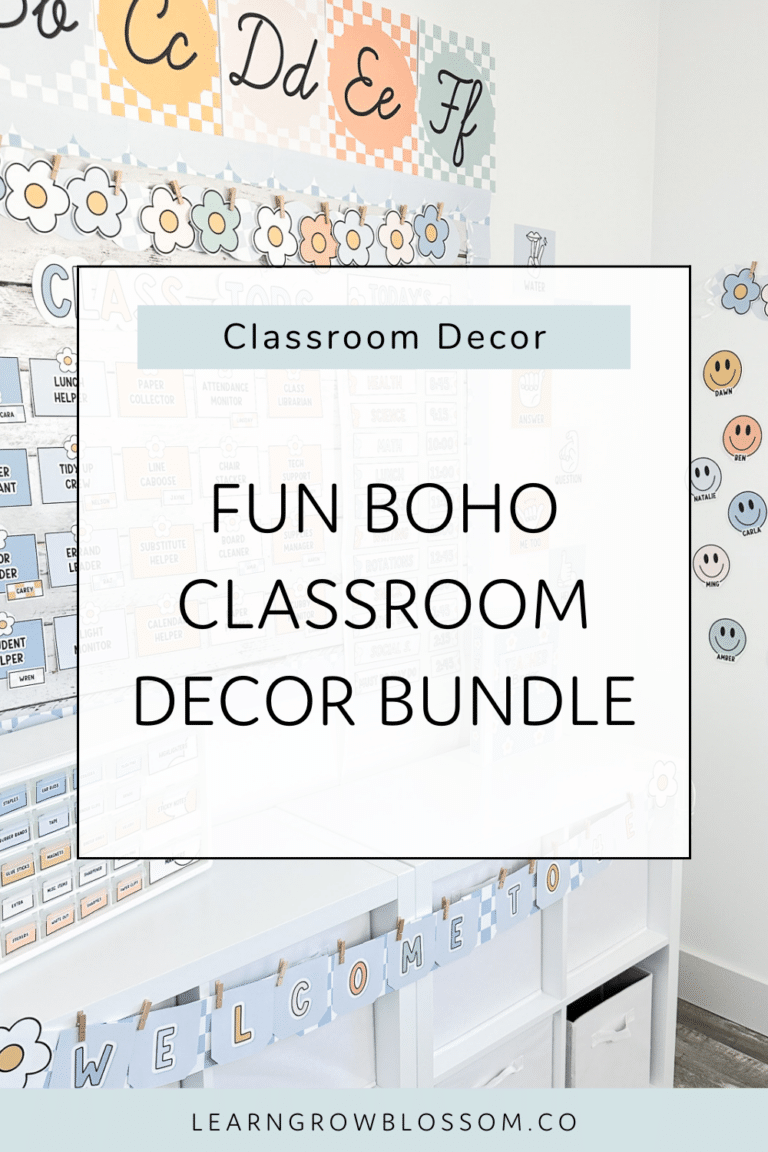
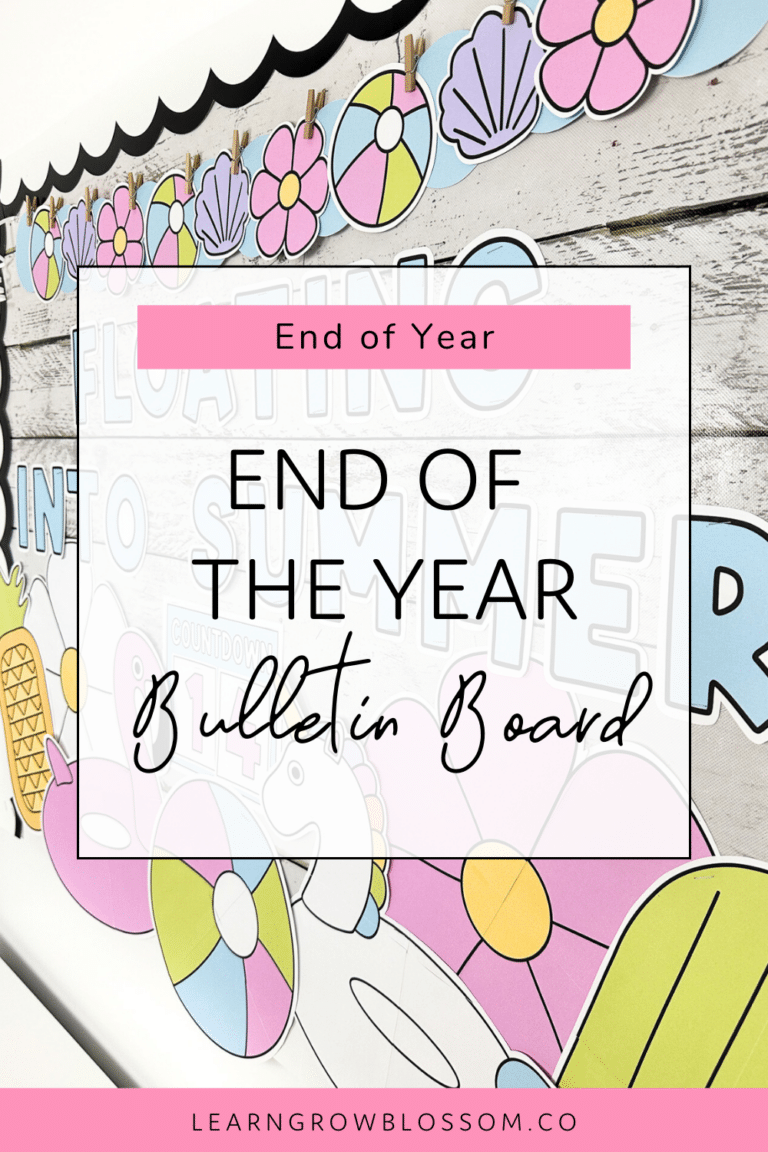
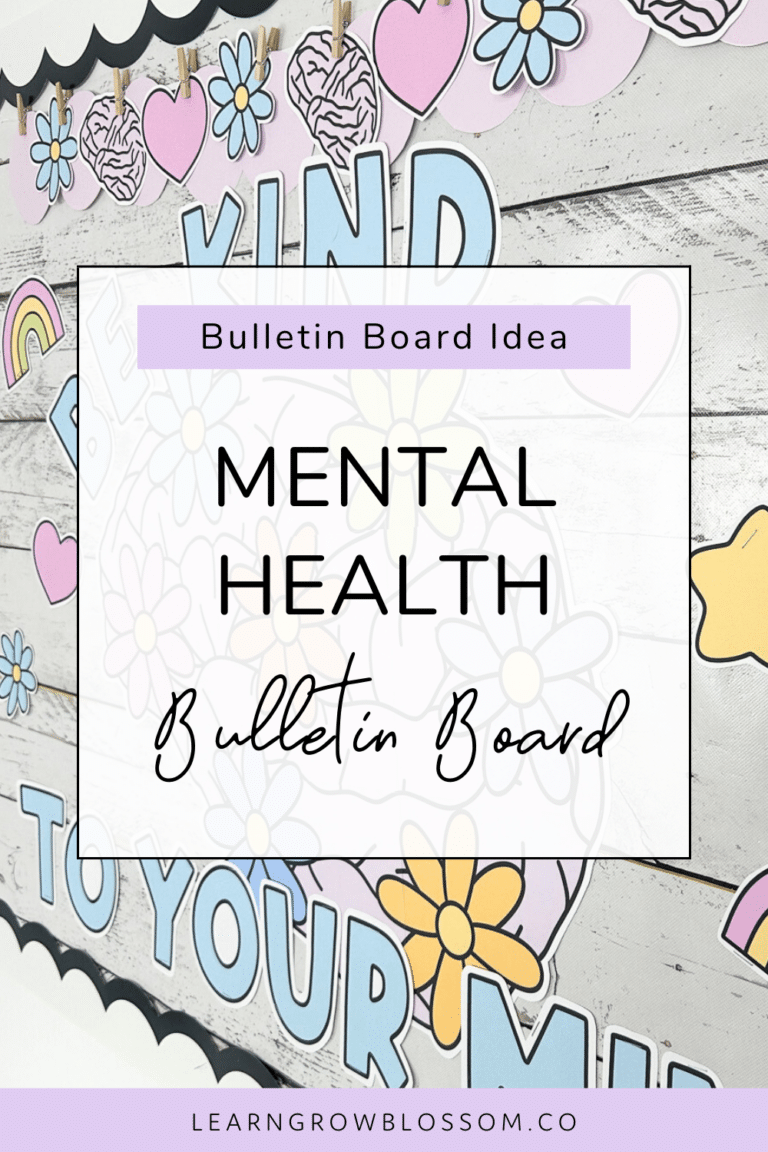


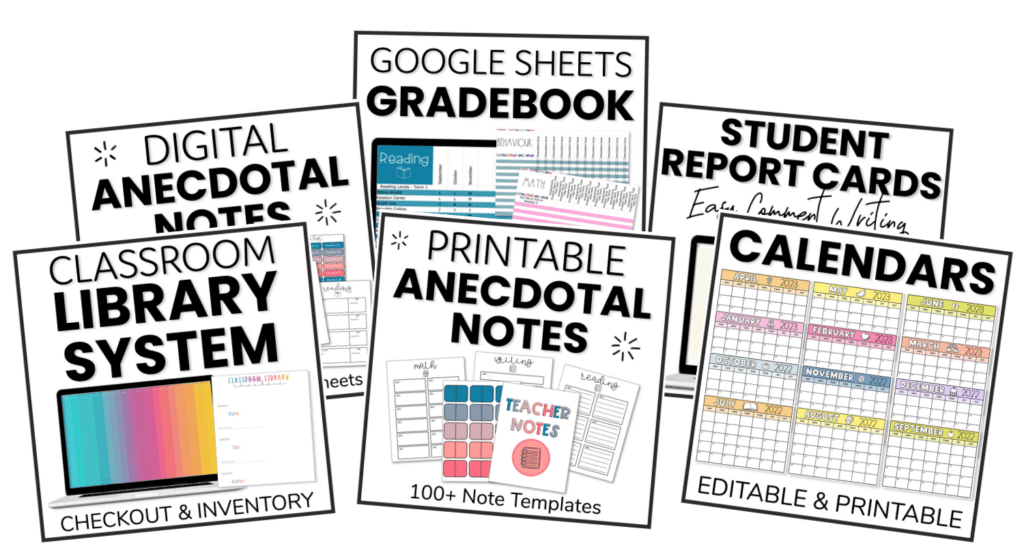
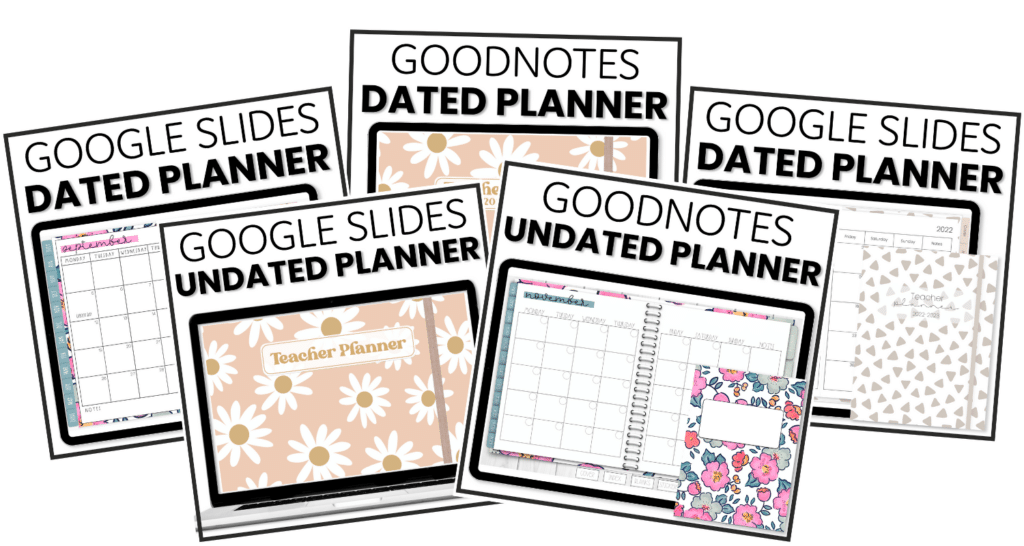
One Response